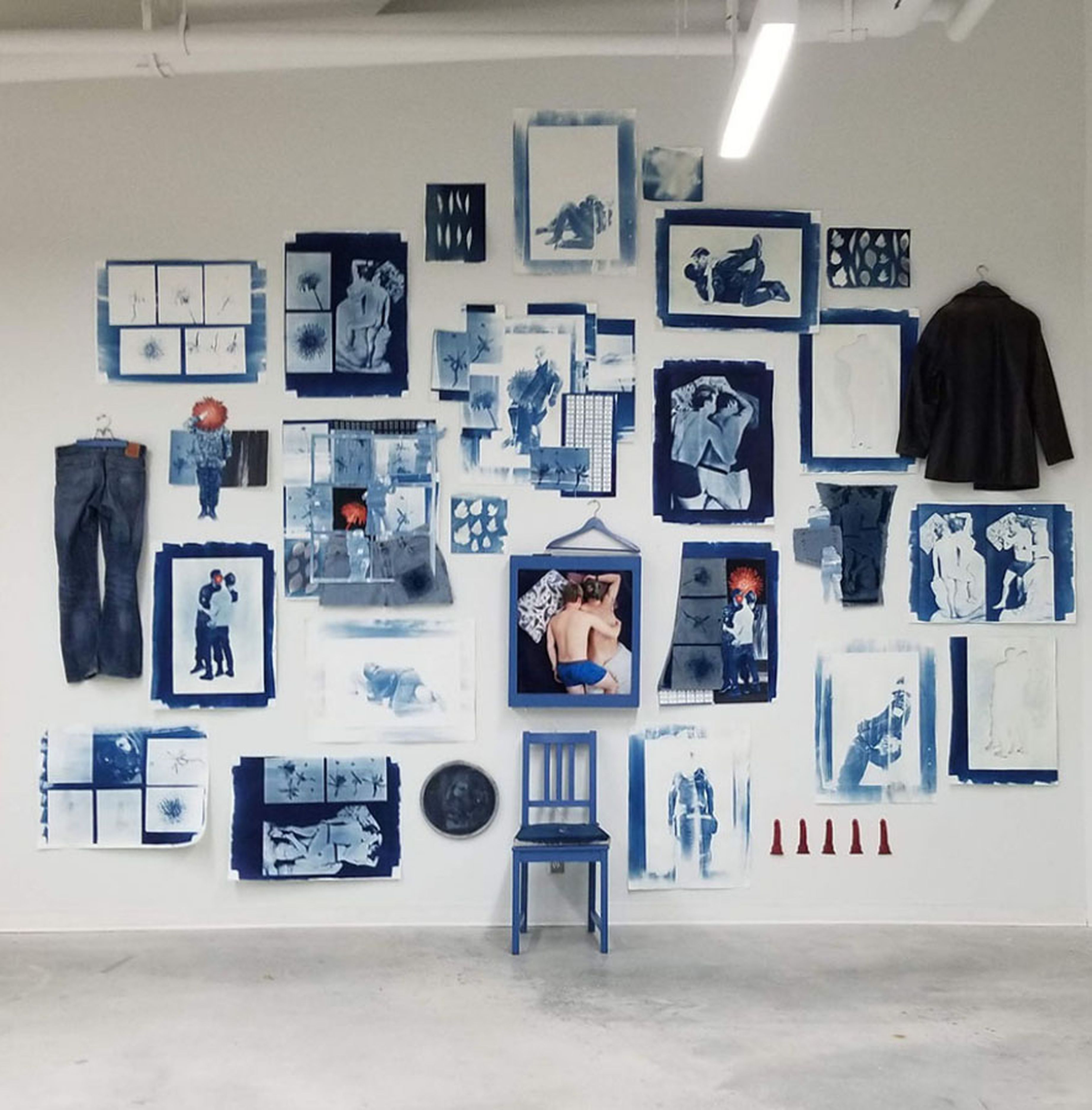To make art is at once challenging and satisfying, like completing a puzzle. One of life’s great pleasures is to stand back and look at something that you have made, something that was not in the world before. Painting, in particular, is fun because playing with the colour and the shining, oozing medium activates a child-like part of the mind that gets great satisfaction from texture. But in many ways, art is also war. One famous 20th-century soldier and statesman has said, ”Painting a picture is like fighting a battle.”
In the trenches of the Western Front during the First World War, two future leaders kept their sketchbooks and paints close by them, recording the scenes of devastation and the cratered landscape. One of these men was a failed politician, in disgrace because he had advocated the catastrophic Gallipoli campaign. In 1915, Winston Churchill was middle-aged colonel looking back on a failed career in the House of Commons. Suffering a bad bout of the “black dog,” the depression that would haunt him his whole life, he had been introduced to painting by his sister-in-law. Once he had a brush in his hand, his attitude changed and he embarked on a long engagement with the arts that would eventually produce over 500 paintings.
Churchill’s scenes are sunlit vistas, full of country-sides and light reflected upon water. He painted outdoors in a smock; he carried his supplies with him on trips abroad. Best described as British Impressionist, his approach stayed the same over the decades — pleasant, colourful, vigorous and amateur. Still, he was an amateur with talent and enthusiasm. To imagine Churchill painting is to see him staring down a canvas with grim determination and willing it into submission. In fact, he took up the brush like an eager student. “I rejoice with the brilliant [colours], and am genuinely sorry for the poor browns.”
Also in the trenches of France was an Austrian volunteer with the German army, Adolf Hitler. He had hoped before the war to be admitted to Vienna’s Academy of Fine Art, but was rejected and instead made a meagre living as a painter of postcard scenes for sale in beer halls and on the sidewalk. Rather than Churchill’s sun-dappled trees, the future German Fuehrer made the watery architectural street scenes designed to be sellable at the time. Largely, they are void of people.
Hitler never ceased to think of himself as a painter. He told the British Ambassador, “I am an artist and not a politician. Once the Polish Question is settled, I want to end my life as an artist.” He was not sympathetic to artists of a style different to his and called for modern artists to be sterilized and for Germany to be purged of “degenerate art.”
Political failure is like artistic failure — they are both intensely personal. Churchill’s demotion to Chancellor after Galipoli and his stint as a backbencher suffocated him. “Like a sea-beast fished up from the depths, or a diver too suddenly hoisted, my veins threatened to burst from the fall in pressure.” Stagnating with a lack of means to implement his ideas, he turned increasingly to his easel. Only when he became prime minister did he stop painting regularly, and he picked it up again following his defeat in 1945. Hitler was thwarted politically and creatively; while trapped in his bunker as the Red Army advanced and his capital reduced to rubble, he cursed his people for their failures and cowardice. Like Nero, he died lamenting that, in him, the world had lost a great artist.
Churchill’s persona seems more suited to the showy masculinity of the mid-century art star than the solitary, reflective character of Impressionism but forest and skies are what make up the bulk of his work. He treated them like problems to solve and as characters in a “long, sustained argument” in which he was actively engaged. In art, as in politics, there is the mythical lone hero who is driven by the nobility of his vision. Churchill’s vision involved a lot of trees. It pleased him; he devoted himself to it with glee.
Our country’s leaders are not expected to be dilettantes, reciting Virgil at the dinner table to
impress foreign powers. At best, Canadians hope our prime minister enjoys hockey and knows something of the rules of curling. Whether or not Stephen Harper’s ability to play the Beatles on the piano is impressive has more to do with one’s opinion on his policies than his singing voice.
Indeed, it is difficult to separate the man from what he makes. The value of Churchill’s paintings has doubled in recent years. “Chartwell: Landscape with Sheep” sold for one million pounds. When asked whether or not the high price fetched by his work was due to the painting itself or the popularity of his name, one buyer replied, “Well, I should think it was both [ . . . ] the only answer I can give is that I know of no painter who would have made as good a prime minister.”



